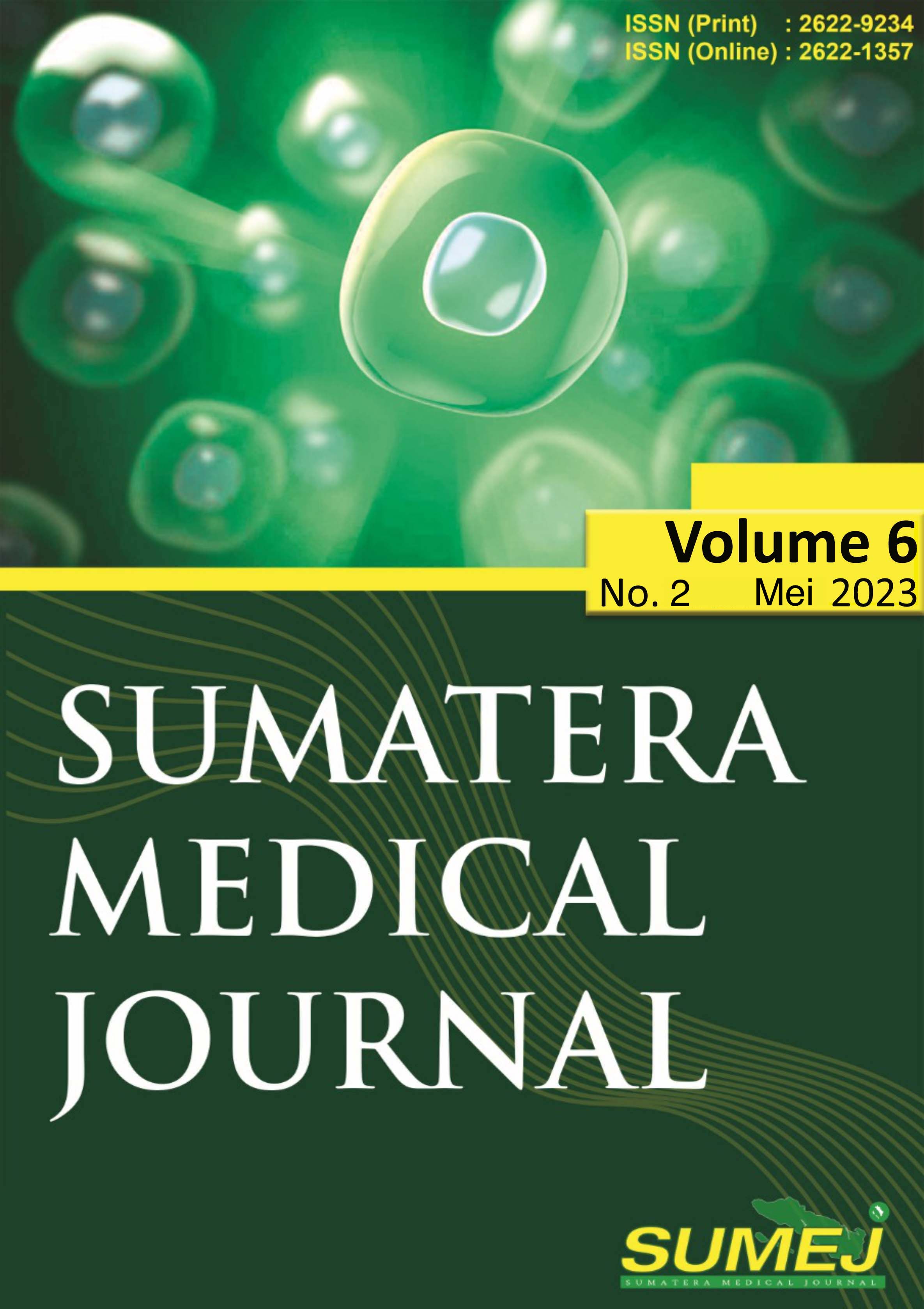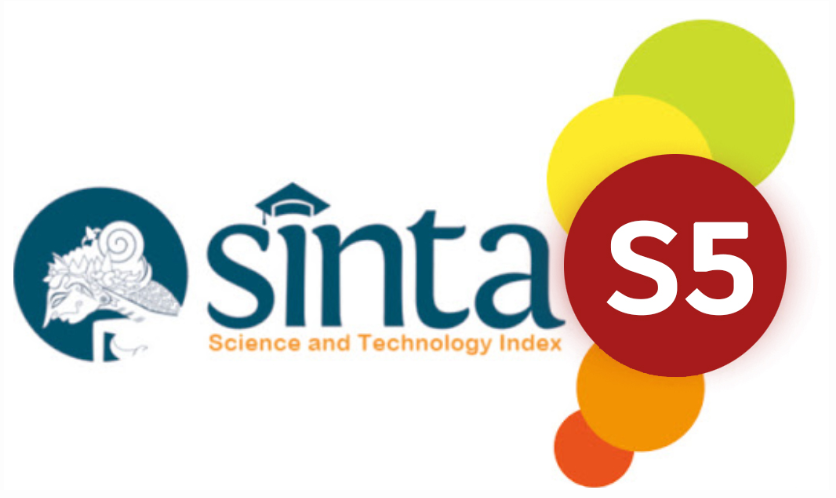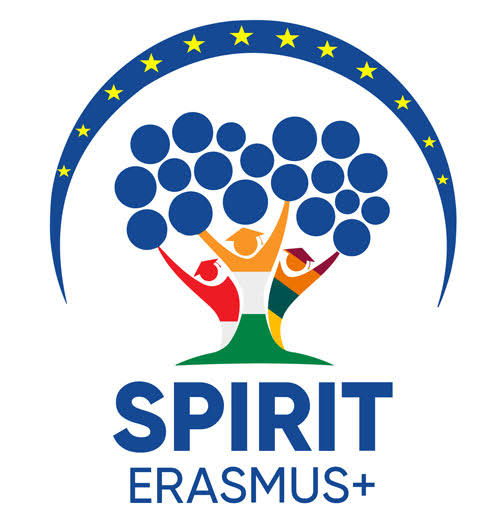Speech Delay Due to Expressive Language Disorder with Normal Hearing: A Case Report
DOI:
https://doi.org/10.32734/sumej.v6i2.11864Keywords:
ASSR, BERA, expressive language dissorder, OAEAbstract
Background: A method is required in communication to provide information to one another, including the capacity to comprehend and create communications. Language is a mental analysis of communication that includes both receptive language (understanding) and expressive language (ability to convey feelings, information, thoughts and ideas). Objective: To be able to find out how appropriate treatment should be for patients with language disorders with normal hearing examination results. Results: A child aged 2 years and 8 months was diagnosed with expressive language disorder, considering that his history, physical exams, and OAE, BERA, and ASSR tests were all normal. Methods: PubMed, medline, other manual searches. OAE, BERA, ASSR with normal hearing results according to the case in this patient. Expressive language disorder occurs when a child is unable to articulate or explain the substance of his opinions and ideas verbally according to his age, and OAE, BERA, and ASSR have all been tested with normal findings. Conclusion: This is necessary to prevent speech and language problems and to allow cognitive, social, and scholastic skills to function properly. To enhance communication and get an improved prognosis, speech treatment and child psychologist advice should be explored.
Downloads
References
McLaughlin MR. Speech and language delay in children. Am Fam Physician. 2011;83:1183–8.
Kolegium THT-KL Indonesia. Modul perkembangan bahasa dan bicara. 2015;9:51–70 [cited 2023 Jan 16]. Available from: https://elearning.kolegiumthtkl.com
Sunderajan T, Kanhere SV. Speech and language delay in children: prevalence and risk factors. J Fam Med Prim Care. 2019;8:1642–6.
Feldman HM. Evaluation and management of language and speech disorders in preschool children. Pediatr Rev. 2014;26:131–41.
Dewanti A, Widjaja JA, Tjandrajani A, Burhany AA. Karakteristik keterlambatan bicara di Klinik Khusus Tumbuh Kembang RSAB Harapan Kita tahun 2008–2009. Sari Pediatri. 2012;14:230–4.
Law J, Mensah F, Westrupp E, Reilly S. Social disadvantage and early language delay. Cent Res Excell Child Lang Policy Br. 2015:1–3.
Shriberg L, Tomblin J, McSweeny J. Prevalence of speech delay in 6-year-old children and comorbidity with language impairment. J Speech Lang Hear Res. 2014;42:1461–81.
Sherwood L. Fisiologi manusia: dari sel ke sistem. Octavius H, editor. 8th ed. 2015.
Estiasari R. Pemeriksaan klinis neurologi praktis. Kol Neurol Indones. 2018;62–9.
Auife A. Milestone perkembangan bahasa. Association of Indonesia Dyslexia. 2021 [cited 2023 Jan 1]. Available from: https://asosiasidisleksiaindonesia.com
Joint Committee on Infant Hearing. Position statement: principles and guidelines for early hearing detection and intervention programs. Pediatrics. 2007;120:898–921.
Suwento R, Semiramis Z, Airlangga T. Skrining pendengaran pada bayi baru lahir. Kementerian Kesehatan RI. 2010.
Wroblewska-Seniuk KE, Dabrowski P, Szyfter W, Mazela J. Universal newborn hearing screening: methods and results, obstacles, and benefit. Int Pediatr Res Found Inc. 2017;81:415–22.
Casali RL, Santos MF. Auditory brainstem evoked response: response pattern of full-term and premature infants. Braz J Otorhinolaryngol. 2010;76(6):729–38.
Hood LJ. Auditory brainstem response: estimation of hearing sensitivity. In: Katz J, Chasin M, Hood LJ, Tillery KL, editors. Handbook of clinical audiology. 7th ed. Philadelphia: Lippincott Williams & Wilkins; 2015. p. 249–65.
Fitriyani F, Sumantri MS, Supena A. Language development and social emotions in children with speech delay: case study of 9 year olds in elementary school. J Konseling dan Pendidikan. 2019;7:23–9.
Zizlavsky S. Candida T. Agenesis corpus callosum: dampaknya pada perkembangan bicara anak. Oto Rhino Laryngol Indones. 2019;49:1–9 [cited 2023 Jan 13]. Available from: https://orli.or.id/index.php/orli/article/view/321
Kholiq A. How is Piaget’s theory used to test the cognitive readiness of early childhood in school. Indones J Early Child Educ Stud. 2020;9:24–8.
Bess F, Humes L. Audiology: the fundamentals. 4th ed. Philadelphia: Lippincott Williams & Wilkins; 2008.
Hall J, Johnston K. Diagnostic audiology, hearing instruments and habilitation options. In: Ballenger’s otorhinolaryngology head and neck surgery. 6th ed. 2009. p. 115–30.
Downloads
Published
How to Cite
Issue
Section
License
Copyright (c) 2023 Sumatera Medical Journal

This work is licensed under a Creative Commons Attribution-NonCommercial-NoDerivatives 4.0 International License.
The Authors submitting a manuscript do so on the understanding that if accepted for publication, copyright of the article shall be assigned to Sumatera Medical Journal (SUMEJ) and Faculty of Medicine as well as TALENTA Publisher Universitas Sumatera Utara as publisher of the journal.
Copyright encompasses exclusive rights to reproduce and deliver the article in all form and media. The reproduction of any part of this journal, its storage in databases and its transmission by any form or media, will be allowed only with a written permission from Sumatera Medical Journal (SUMEJ).
The Copyright Transfer Form can be downloaded here.
The copyright form should be signed originally and sent to the Editorial Office in the form of original mail or scanned document.











